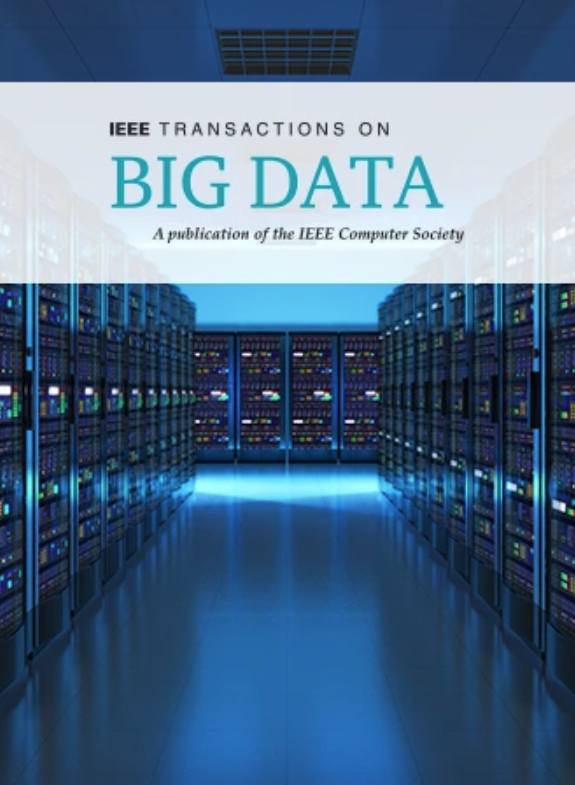Local High-Order Graph Learning for Multi-View Clustering
IF 7.5
3区 计算机科学
Q1 COMPUTER SCIENCE, INFORMATION SYSTEMS
引用次数: 0
Abstract
As the accumulation of multi-view data continues to grow, multi-view clustering has become increasingly important in research fields like data mining. However, current methods have been criticized for their unsatisfactory performance, such as insufficient exploration of intra-view high-order relationships and poor characterization of inter-view diverse features. To overcome these challenges, we propose a novel approach called Local High-order Graph Learning for Multi-View Clustering (LHGL_MVC). Our method aims to explore high-order relationships within a view while also considering diverse information between views. In LHGL_MVC, we learn the initial graphs of each view through self-representation, which are decomposed into consistent and diverse parts to better capture the diversity of different views. Based on consistent parts, we propose a novel local high-order graph learning approach to more effectively explore high-order relationships between samples within each view. At the same time, we leverage high-order relationships between views using the rotated tensor nuclear norm. Finally, we obtain a unified graph for clustering by fusing all consistent affinity graphs and their high-order graphs with adaptive weights. All procedures are integrated into an overall objective function, which mutually promotes during the optimization process. The comprehensive experiments conducted on eleven real-world datasets demonstrate that LHGL_MVC significantly outperforms existing algorithms in various measurements, highlighting the superiority of the proposed method.多视图聚类的局部高阶图学习
随着多视图数据积累的不断增长,多视图聚类在数据挖掘等研究领域变得越来越重要。然而,目前的方法因其不理想的性能而受到批评,例如对视图内高阶关系的探索不足,以及对视图间多样性特征的描述不佳。为了克服这些挑战,我们提出了一种新的方法,称为局部高阶图学习多视图聚类(LHGL_MVC)。我们的方法旨在探索视图内的高阶关系,同时也考虑视图之间的不同信息。在LHGL_MVC中,我们通过自表示来学习每个视图的初始图,这些初始图被分解成一致和不同的部分,以更好地捕捉不同视图的多样性。基于一致性部分,我们提出了一种新颖的局部高阶图学习方法,以更有效地探索每个视图中样本之间的高阶关系。同时,我们使用旋转张量核范数来利用视图之间的高阶关系。最后,通过自适应权值对所有一致性关联图及其高阶图进行融合,得到用于聚类的统一图。所有的过程都被整合成一个整体的目标函数,在优化过程中相互促进。在11个真实数据集上进行的综合实验表明,LHGL_MVC在各种测量中都明显优于现有算法,突出了所提出方法的优越性。
本文章由计算机程序翻译,如有差异,请以英文原文为准。
求助全文
约1分钟内获得全文
求助全文
来源期刊

IEEE Transactions on Big Data
Multiple-
CiteScore
11.80
自引率
2.80%
发文量
114
期刊介绍:
The IEEE Transactions on Big Data publishes peer-reviewed articles focusing on big data. These articles present innovative research ideas and application results across disciplines, including novel theories, algorithms, and applications. Research areas cover a wide range, such as big data analytics, visualization, curation, management, semantics, infrastructure, standards, performance analysis, intelligence extraction, scientific discovery, security, privacy, and legal issues specific to big data. The journal also prioritizes applications of big data in fields generating massive datasets.
 求助内容:
求助内容: 应助结果提醒方式:
应助结果提醒方式:


